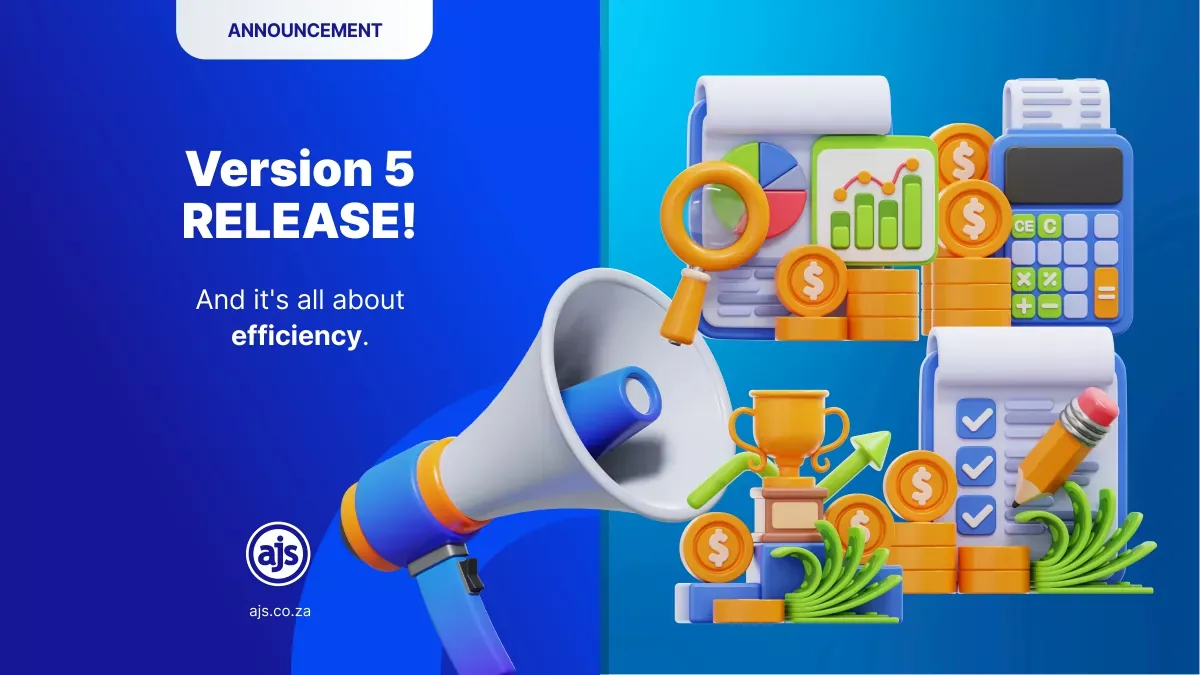
The Zen of Work: Onboarding
Onboarding Clients
With “Holly” on a mission to take control of her work situation – aiming to instil a feeling of Zen in her workspace – she has come to us seeking answers.
And we are happy to oblige Holly. As always.
After getting her law firm up and running – taking time to learn all about the “buzz words” out there – Holly has started to focus her attention inward. Looking more closely at how her law firm is actually operating. Or at least, how it should be operating.
And there is a lot to take in where the optimal operating of a law firm is concerned.
Take the management of clients as an example.
As we are all aware, clients are of the utmost importance. Therefore, there are a few items to discuss. From the tracking of new leads, to the onboarding process, converting leads to paying clients and finally how to retain clients.
As a budding law practice, her client’s experience is of the utmost concern to Holly.
As it should be.
Fear not Holly, we got you!
The onboarding process
Everything about your client’s journey – from the moment of first contact to the moment they instruct you in another matter – should be a positive experience.
After all, how you make others feel when doing business with you leaves an impression. From start to finish this should, ideally, be a good one. It’s what brings people back to you. It’s the root of all repeat business.
- A positive overall experience coupled with a positive attorney-client relationship.
Onboarding, primarily, is all about building that first good impression and making gains on developing a bond with your potential new client. Because a good attorney-client relationship is necessary for any law firm to experience growth, in providing best-in-class services as well as (crucially) retaining clients they already have.
But the onboarding process takes time. Time to gather information. Time to do background checks on potential clients. Time to ascertain whether there is merit in a matter or not. Time to build repertoire.
In our previous Blog on tracking leads, part of what should be almost automatic is to load the potential client on existing practice management software so that an automatic email can be sent with an attached onboarding checklist – a client questionnaire really. This checklist should acknowledge receipt of first contact and thereafter ask the client to provide all pertinent contact information as well as the basics of their legal issue.
- If Holly doesn’t want to immediately load the potential client onto her system, it’s not a train smash. With AJS, Holly has the option of recording the initial consultation with the new lead without “automatically” onboarding them. Which is good news when deciding whether a matter has merit or not (or whether she can work with a client or not). She can hold the initial consultation, record it, and then decide what she wants to do after that. If Holly decides to represent the client, she can upload the recorded consultation to the clients account, add any necessary next steps to Tasks and bill fees almost immediately thereafter.
But onboarding is not just about gathering information and details on a specific matter. There are a host of other things that Holly should keep in mind –
- Holly must not forget her engagement document – sure clients are crucial to Holly’s business. But so is managing the professional relationship between her and her new client. The engagement document/letter (whilst less formal than a contract), is a legal document that is binding on the parties to the document. It provides certainty, clarity, and scope for both parties. The engagement document/letter sets a solid foundation and the parameters for the working relationship going forward. All the important nitty-gritty is in black and white, with both parties signing on the dotted line. Here Holly can automate the sending of this engagement document/letter (in an email) once the client has been onboarded – a crucial task that she doesn’t have to worry about forgetting to do.
- Holly must set reasonable expectations – Holly should set reasonable expectations for the potential new client by letting them know what the process is, how long things can take and keeping them abreast of everything that happens as and when it does. That way the potential new client’s expectations are managed (and so are Holly’s);
- A client-centric approach should be followed – focusing attention on delivering an experience that is personalised to each client. Holly should try to learn about a lead’s unique situation, background, and needs. Holly should take a personal interest in the lead, making them feel well and truly looked after (as they indeed, should be). This will also go a long way in assuring the potential client of the quality of her work and the effort Holly puts into both her brand and her clients;
- Holly should make herself accessible to her potential new client – Holly must follow up, be available, provide information about how her law firm can help their unique situation, provide key contact information of people (other than Holly) who the lead can contact should they require assistance;
- Holly should be open to providing virtual teleconferencing options – when setting up the first consultation with the potential new client, Holly should be open to offering teleconferencing options. This is not just because of the post global pandemic precautions but also because a client may (potentially) not be in the same jurisdiction. Perhaps Holly offers a very niche service offering. Perhaps her clients come from abroad. It’s important to be flexible enough to cater for this “next normal”;
- Holly should consider incorporating legal tech into her practice – incorporating suitable legal practice and accounting management software that is able to ease the burden of onboarding, as well as assist with document automation, accounting, billing, recording of consultations (to name but a few things) is crucial to Holly running her practice optimally. The product suites offered by AJS, can be used by law firms of all sizes (they have different offerings for different sized firms and systems that can be tailor-made to suite each firms specific needs), and
- Holly should consider storing her information in the Cloud – storing information in the Cloud (as we set out in a previous Blog) will enable Holly to control where her data is stored and who has access to the sensitive information contained in the Cloud. In addition, by using the Cloud, Holly reduces paper, improves efficiency, ensures security of information, and reduces costs. All win-win.
Work Zen is within reach
By approaching your service provider, like AJS, you can easily achieve a state of Work Zen in no time. By using your software package from the get-go. You CAN approach each day with a Zen-like peace knowing that everything is perfectly in its place. That everything is being managed and that all is fine.
Because you have the support and back-up to ensure that is the case.
There are a lot of attorneys who have the software packages in place but are just not sure how to fully use them, what everything does and how they can optimise their practice to ensure that it is performing with accuracy and reliability.
But, with the help of AJS, your practice (regardless of its size) can (and will) succeed.
We will continue going through tips, answering your FAQ’s, and providing you with information that will better equip the everyday user of legal tech, like you and like Holly, to achieve a state of Work Zen.
It’s all easy. If you know how… Just ask us.





Leave a Reply